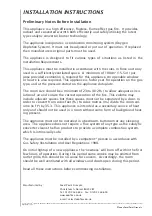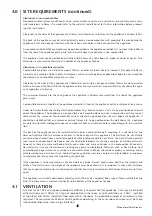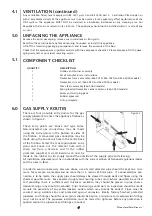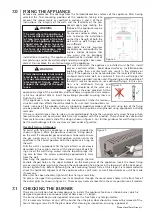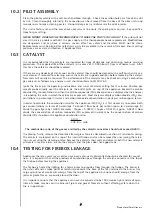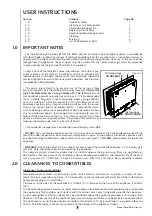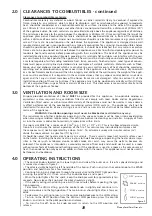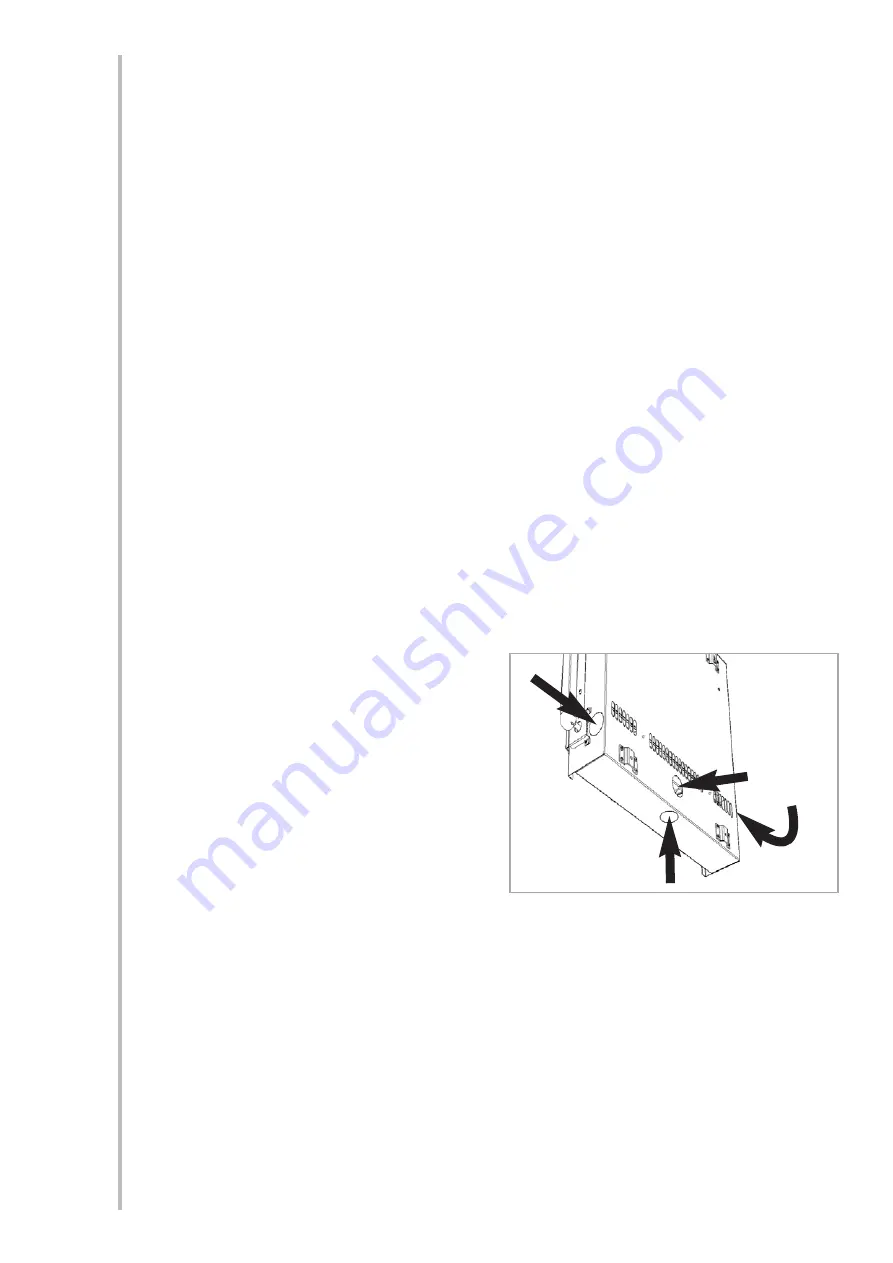
VENTILATION (continued)
Any ventilation fitted must comply with BS 5871 part 4 and BS 5440 part 2. Ventilation fitted under, or
within immediate vicinity of the appliance must not be used as it may adversely effect performance of the
ODS system. The appliance MUST NOT be installed in a bedroom, bathroom or any sleeping area. For
Republic of Ireland, see relevant rules in force. The appliance should not be installed within 1 metre of any
air vent.
UNPACKING THE APPLIANCE
Remove the outer packaging, remove any instructions or fixing kits.
Read ALL these instructions before continuing to unpack or install this appliance.
Lift off the remaining packaging components and remove the contents of the box.
Check that the components supplied correlate with the component checklist. Please dispose of all the pack-
aging materials at your local recycling centre.
COMPONENT CHECKLIST
QUANTITY
DESCRIPTION
1
Firebox and burner assembly
1
Set of manufacturers instructions
1
Decorative frame assembly (Eko 5010, Eko 5020 and Eko 5030 models)
1
Decorative trim set (Eko 5020 and Eko 5030 models)
1
Glass facia assembly (Eko 5040 models)
4
Spring loaded decorative corner columns (Eko 5040 models)
1
Screw and wall plug pack
1
Rubber grommet
1
Fitting template
GAS SUPPLY ROUTES
There are four possible entry points for the gas
supply pipework to enter the appliance firebox as
shown in figure 2.
These entry points are ‘knock out’ type holes.
Non-concealed gas connections may be made
using the entry points in the bottom or sides of
the firebox. A concealed gas connection may be
made using the knock out hole in the centre back
of the firebox. Select the most appropriate entry
point and knock out the relevant hole with a
sharp tap from a hammer and fit the rubber
grommet supplied. A small incision can now be
made in the rubber to slip snugly around the outside of the supply pipe and sleeving.
All installation pipework must be in accordance with the current edition of National regulations/codes
and the rules in force.
In order to avoid unnecessary pressure drops, use of small diameter pipe should be kept to a mini-
mum, for example, we recommend no more than 1.5 metres of 8mm pipe. If a concealed gas con-
nection is to be made, the supply pipe should always be sleeved through walls and floors using the
shortest possible route. For concealed supply pipe routing, pipes must (where possible) be vertical
and providing there is sufficient wall thickness available, they should be placed in pipe chases.
Horizontal pipe runs should be avoided. Prior to chasing a solid wall, an inspection should be made
to note the proximity of any cables/sockets outlets which may already be buried. Pipes must be
secured using suitable clips and protected against corrosion. Ideally factory finished protected
pipework and fittings should be used. Joints should be kept to a minimum and compression fittings
must not be used. The pipework installation must be tested for tightness before any protection is
applied and/or the pipework and fittings are buried.
4
5.0
5.1
6.0
4.1
©
2009 Focal Point Fires plc.
Figure 2



